The report looks great and I am pleased to know that this confirms what we suspected in the failure of this brass. Your firm does great work.
- Chuck W.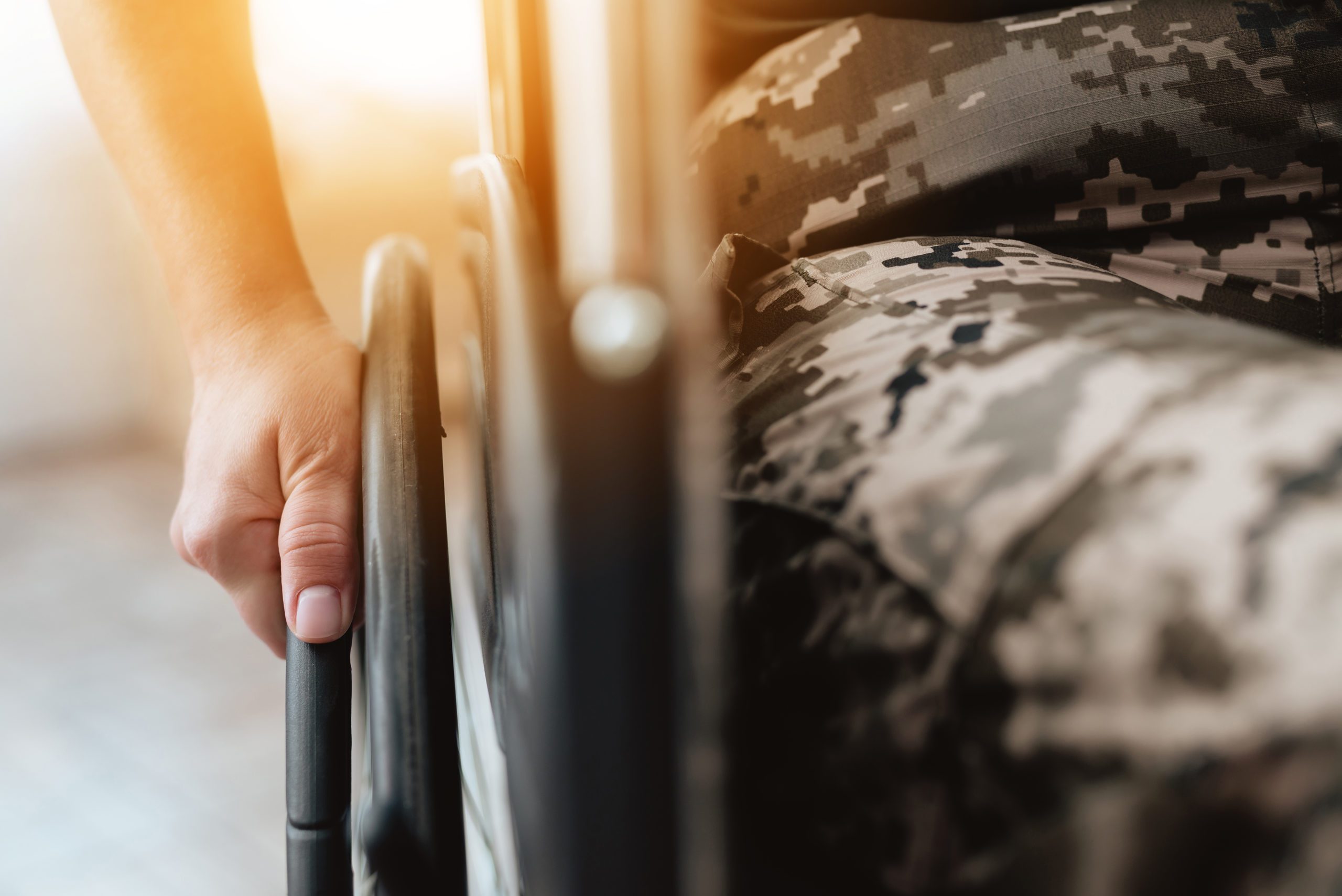
APPLYING SCIENCE TO FIND ROOT CAUSES
Personal Injury, Airborne Exposures and Rehabilitation
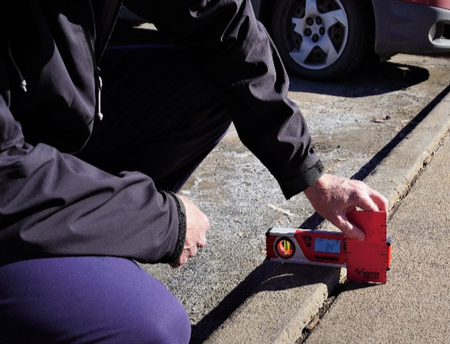
Personal Injury Investigations
Western Engineering’s scientists, engineers and architects have long been involved with the evaluation of accidents related to personal injuries. From ladder accidents to illumination, construction site accidents to structure failure, or stairway falls to bicycle accidents, our experts are experienced and qualified to investigate the cause and present our findings in reports and testimony.
Field Ergonomic Assessments/Return to Work
Western Engineering utilizes tools and software to measure forces employed in tasks and determine joint forces involved with such tasks. This analysis is useful for determining how likely the average person is to get injured executing this task, what is the chance for reinjury, suggestions to minimize the risk of injury, and means to assist an injured person to accomplish this task again, with or without accommodation.
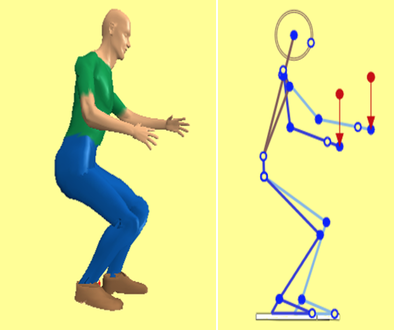
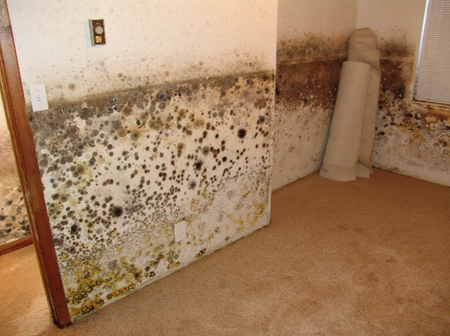
Mold, Lead, Asbestos and Radon
Mold, lead, asbestos and radon are common hazards within buildings. They are especially problematic when structural or water damage has occurred, necessitating disturbance and remodeling. Western Engineering has a Certified Industrial Hygienist (CIH) that can measure exposures and establish protocols for safe removal, isolation or encapsulation of such hazards. We are here to help once damage occurs.
Means to Prevent Injury
Often workers do not have optimal equipment for performing heavy work such as lifting heavy objects. This can lead to workplace injury if the task is not done properly. We can assist you along with physical therapists for evaluating tasks to put employees back to work, minimizing the potential for reinjury before they reach maximum medical improvement (MMI). Western Engineering has a Certified Ergonomics Assessment Specialist III.
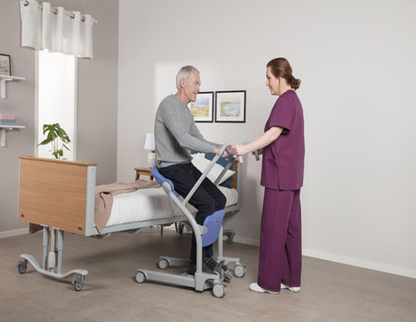
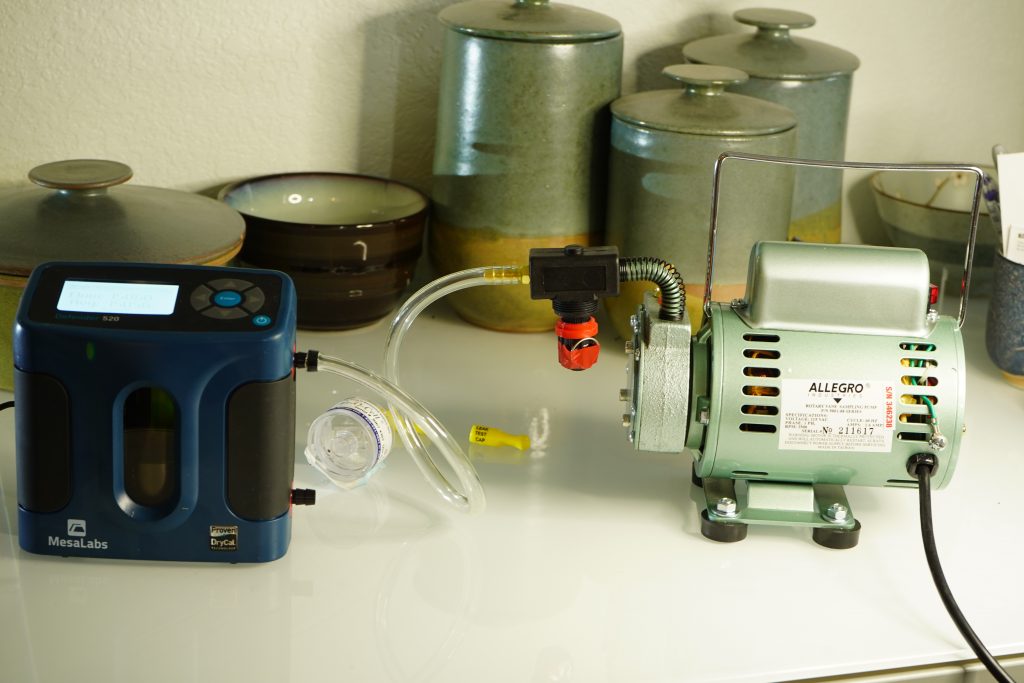
INDUSTRIAL HYGIENE, ERGONOMICS AND PERSONAL INJURY INVESTIGATION
Industrial Hygiene involves the recognition, evaluation and control of environmental hazards that can be inhaled, ingested or absorbed through the skin. Many of the common environmental hazards include mold, lead, asbestos, radon and chemical exposures such as solvents or heavy metals. Most of these hazards cannot be detected by sight or smell.